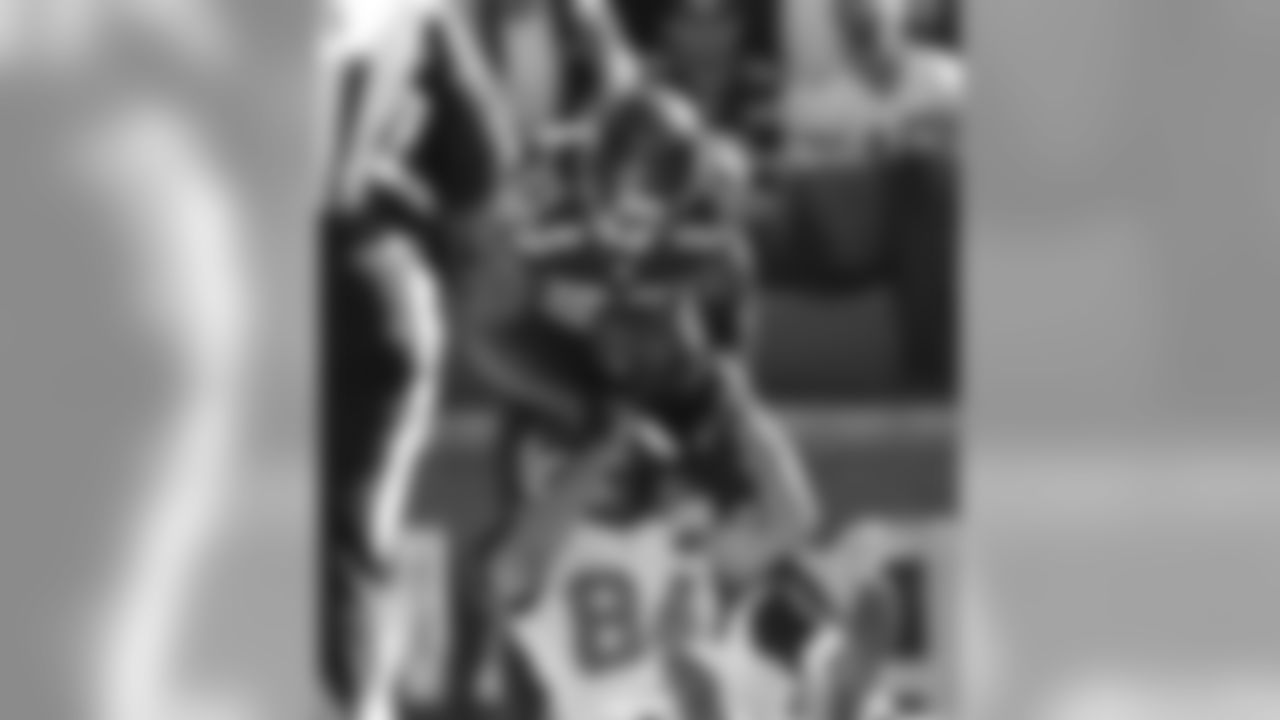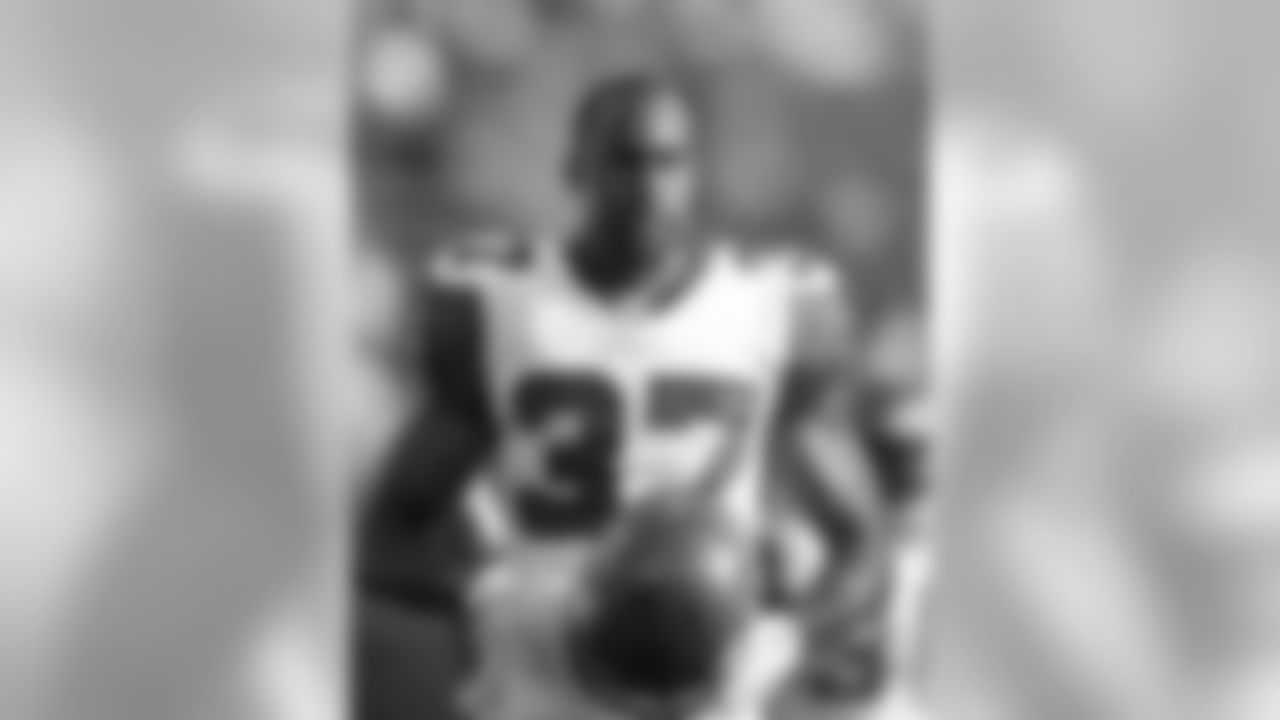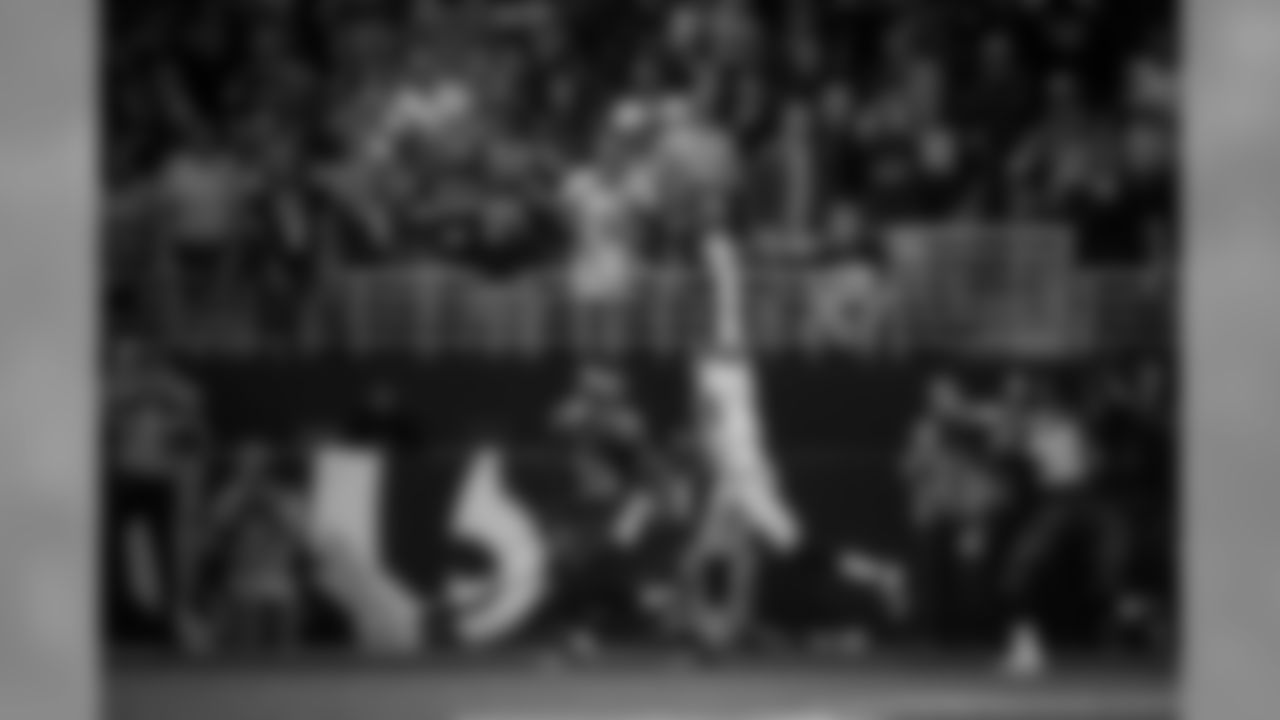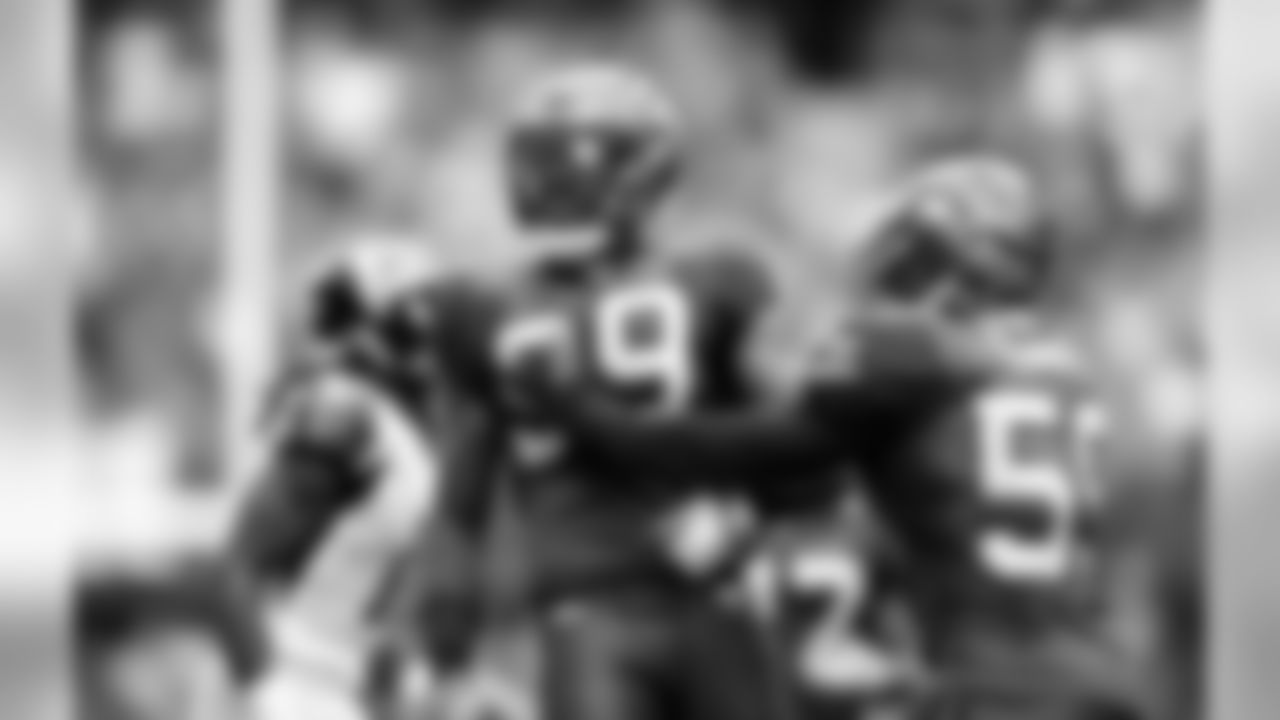Brandon Browner came to Seattle with very little fanfare, signing a future contract with the Seahawks after the 2010 season and before the 2011 lockout. He arrived at training camp as something of a curiosity, an oversized cornerback who had been toiling away in obscurity with the Calgary Stampeders, but then practice began.
Down after down and day after day, this 6-foot-4, 221-pound corner displayed the aggressive and competitive demeanor that was exactly what Seahawks coach Pete Carroll had been looking for in a cornerback. By the end of camp, Browner had won a starting job, rejuvenated his career, and become part of a young group that was on its way to becoming the league's best secondary.
This week at Seahawks.com, we're looking at five of the biggest training camp surprises that have happened under Pete Carroll and John Schneider, as well as what those developments revealed about Carroll and Schneider's methods.
2011: Brandon Browner goes from CFL to NFL starter
An original member of the Legion of Boom has found a home in New England as corner is signed by the Patriots. Here's a look back at Browners three seasons with the Seahawks.


Seahawks cornerback Brandon Browner puts the finishing touches on his necktie as the team dressed up for the relatively short flight to Arizona.


Back in the visitors locker room, Brandon Browner and Richard Sherman get pumped up before the defensive backs head to the field.


Cornerback Brandon Browner heads towards the end zone after an interception, but fell just short of scoring.


The last play of the game would decide the outcome, and when Seattle cornerback Brandon Browner's defense rendered the pass incomplete, the Seahawks escaped with a 14-9 win and St. Louis fans were left stunned.









Seattle Seahawks vs Tennessee Titans; Pete Carroll; Brandon Browner; Earl Thomas; Richard Sherman; Walter Thurmond; Kam Chancellor














Coming out of the 2011 lockout, the Seahawks opened training camp returning both of their starters from the 2010 season, Marcus Trufant and Kelly Jennings, but that doesn't mean they were comfortable sticking with the status quo. Earlier that offseason, the Seahawks drafted Richard Sherman and Byron Maxwell in the fifth and sixth round, respectively, players who would eventually develop not just into starters, but into two of the best corners in the league. But those two rookies weren't in the mix for a starting job sooner in part because of a third new face in camp that year, a former undrafted player out of Oregon State who had quietly been working on his craft in Alberta.
When Browner arrived at camp, he turned heads at first because of his unusual size for the position, and then with his aggressive play. Browner wasn't always the most polished cornerback, and he was prone to committing the occasional penalty, but he was in so many ways what Carroll and Schneider were looking for at the position: long, physical and a little bit nasty. By the end of August, Browner had cemented himself as a starter, leading the Seahawks to trade Jennings less than a month after re-signing him, and by the end of the 2011 season, Browner was a Pro Bowler.
"He came out of nowhere," Carroll said before the start of the 2011 season. "… Didn't know if a guy that tall could do it, but we love the fact that he can. And shoot, he's starting. That's a terrific story."
When you factor in that 2011 was also the first training camp for Richard Sherman and Byron Maxwell—though at that point they were behind Trufant on the depth chart—and that it was Kam Chancellor's first as a starter, that summer was really the beginning of what would eventually become known as the Legion of Boom.
What it told us about Carroll and Schneider:
The most obvious takeaway from Browner's emergence in 2011 is what it said about the Seahawks' desire to get bigger at cornerback. Going back to his days as a young NFL assistant, Carroll had always liked the idea of having big cornerbacks who could play press coverage, but wanting big corners who could still move well enough to cover an NFL receiver and actually finding them are two different things. In Browner and Sherman, who would take over a starting job midway through the 2011 season, Carroll finally had his two big corners, and the results have spoken for themselves.
Browner's success story was also a clear example of Carroll and Schneider's leave-no-stone-uncovered approach. The Seahawks didn't make an absurd number of roster moves during their first year on the job for fun; they did it because they believed at exploring every possible means of improving their team. That's also why you hear the Seahawks linked to just about every free agent or potential trade target at some point. They may never be close to signing a particular big-name player or pulling the trigger on a deal, but they'll do their due diligence on just about anybody if there's a chance that player can help the team. In 2011, leaving no stone unturned included kicking the tires on an oversized cornerback in Calgary.






